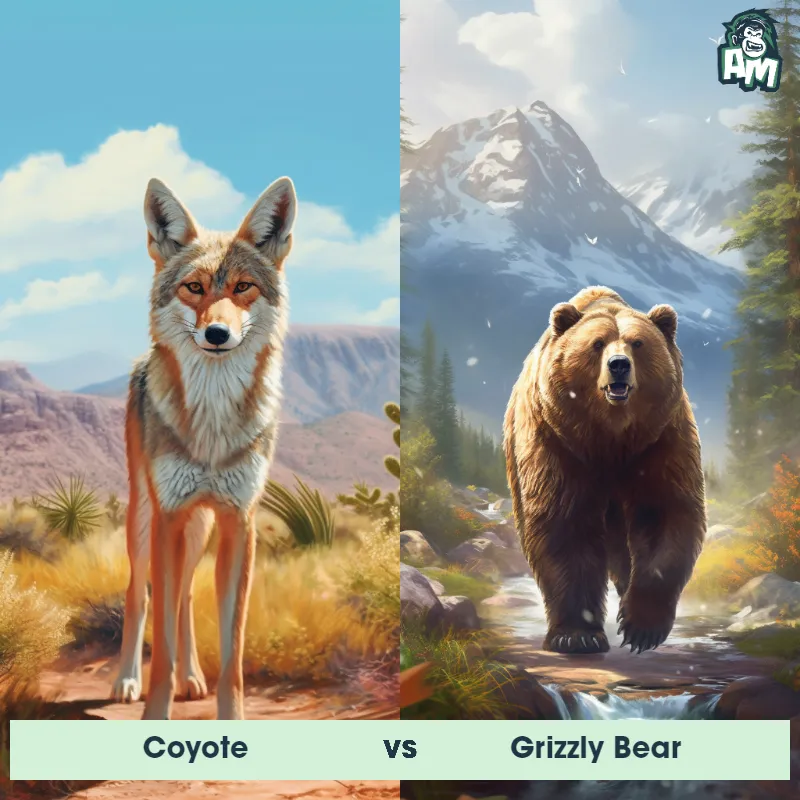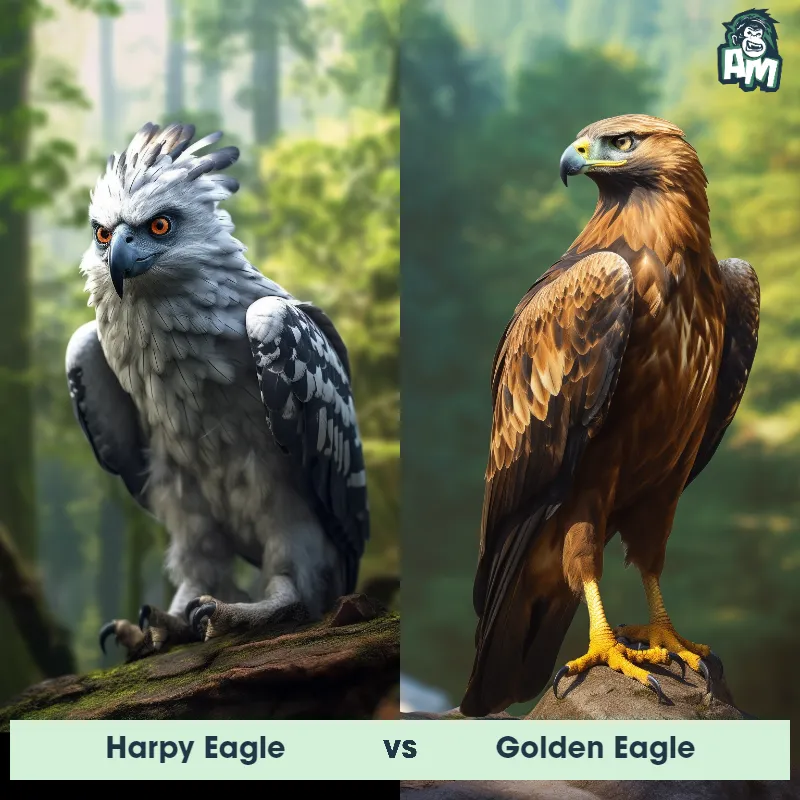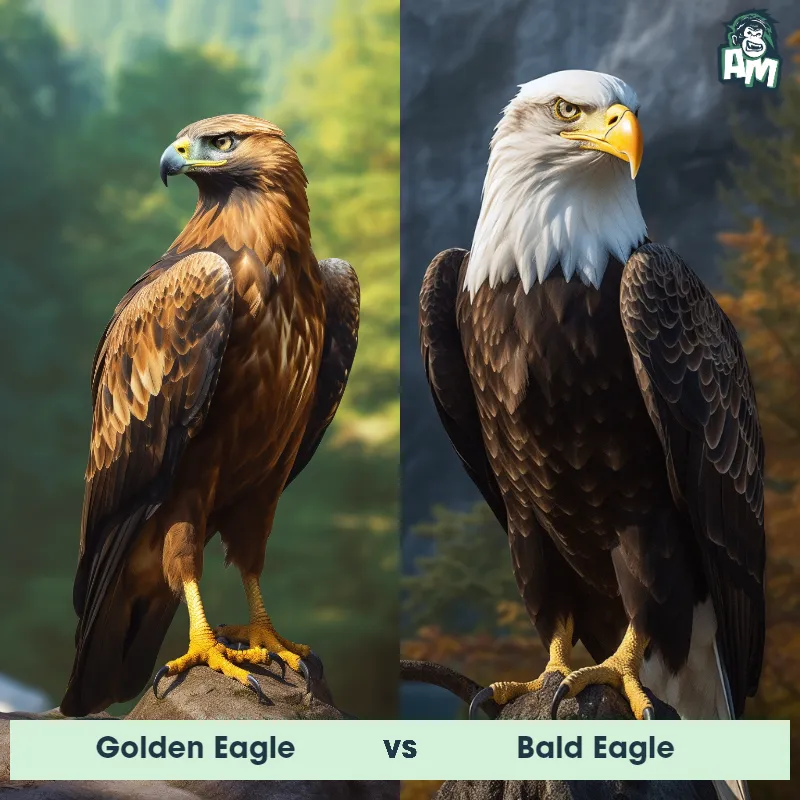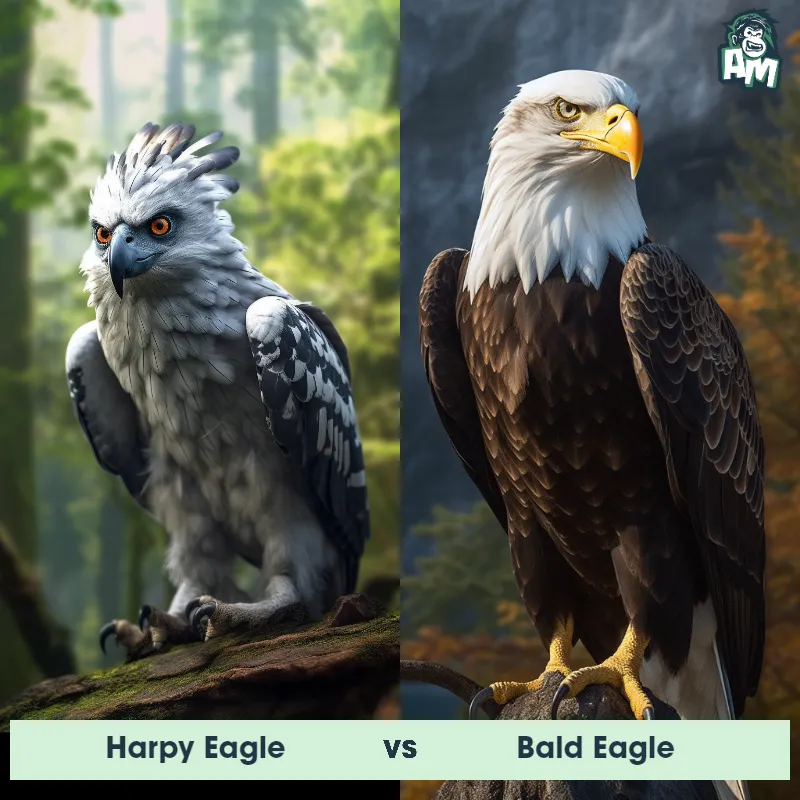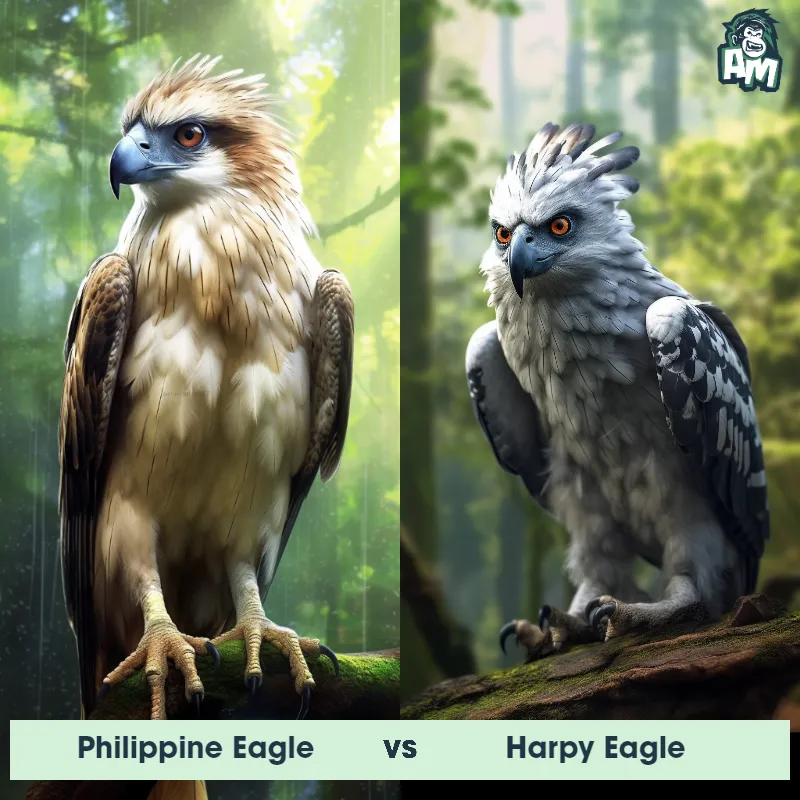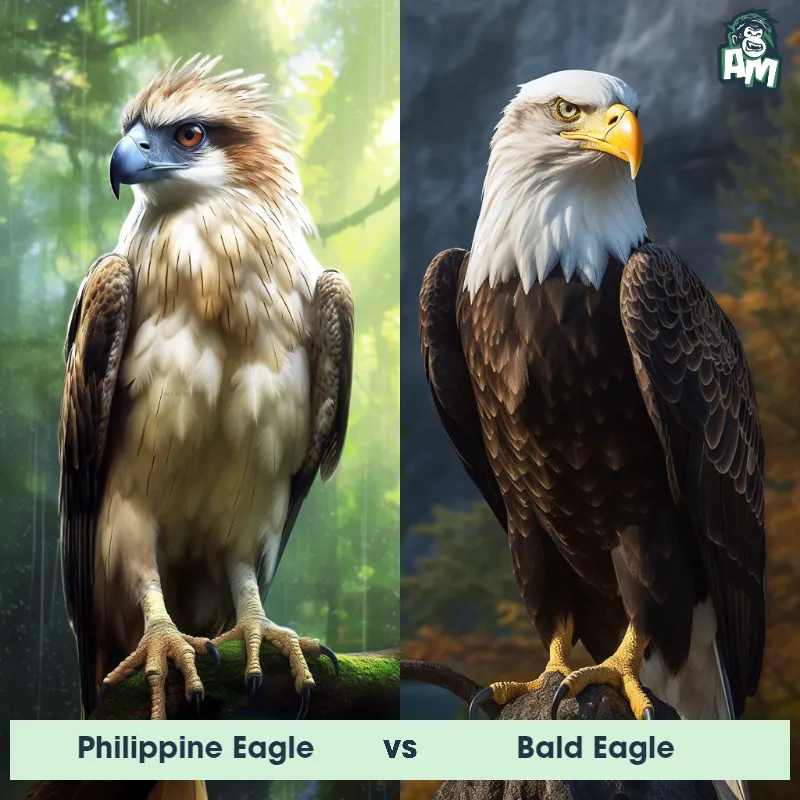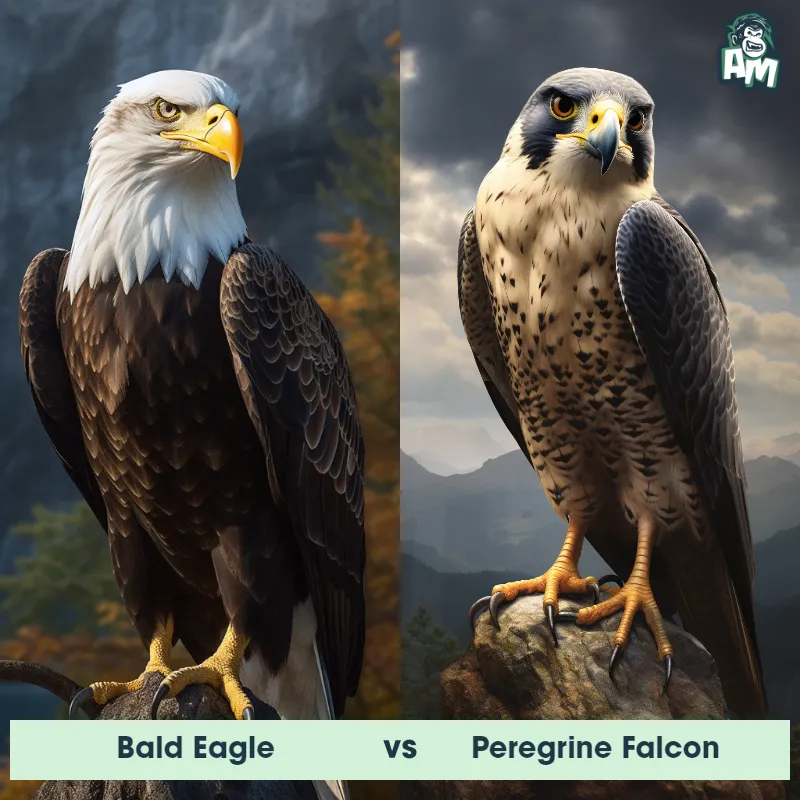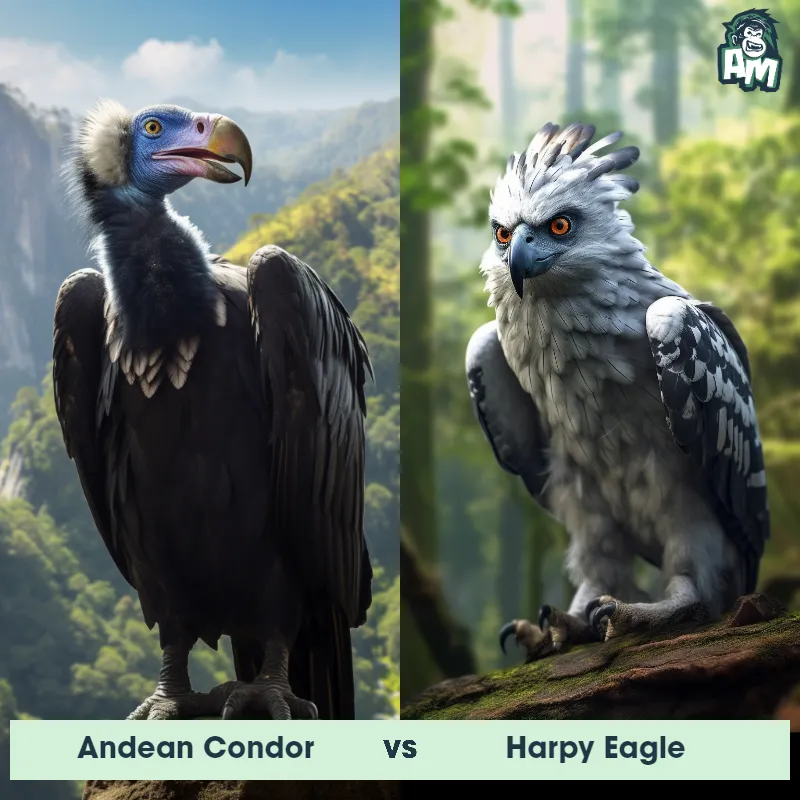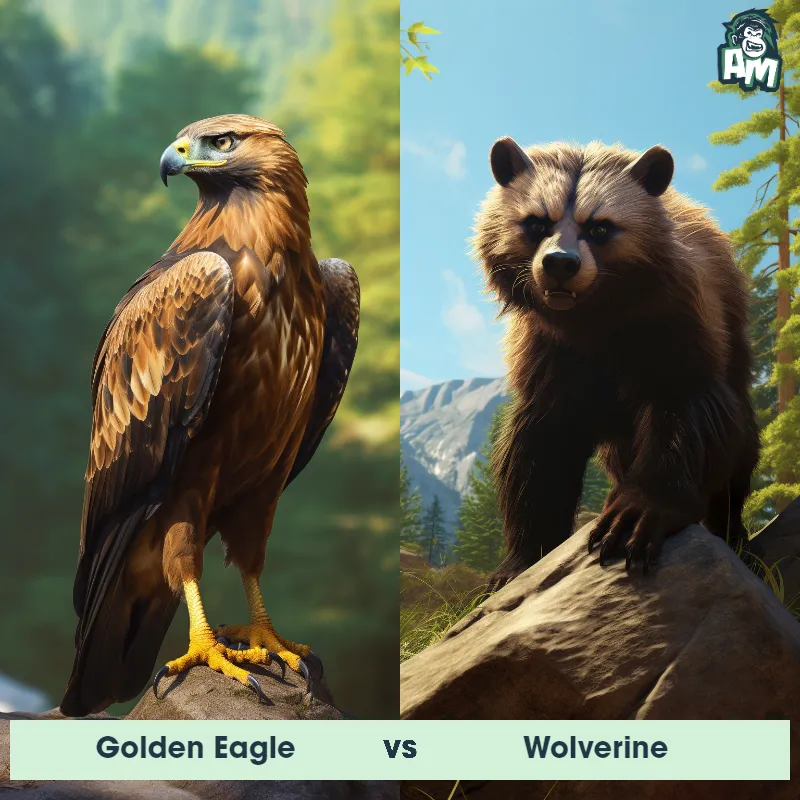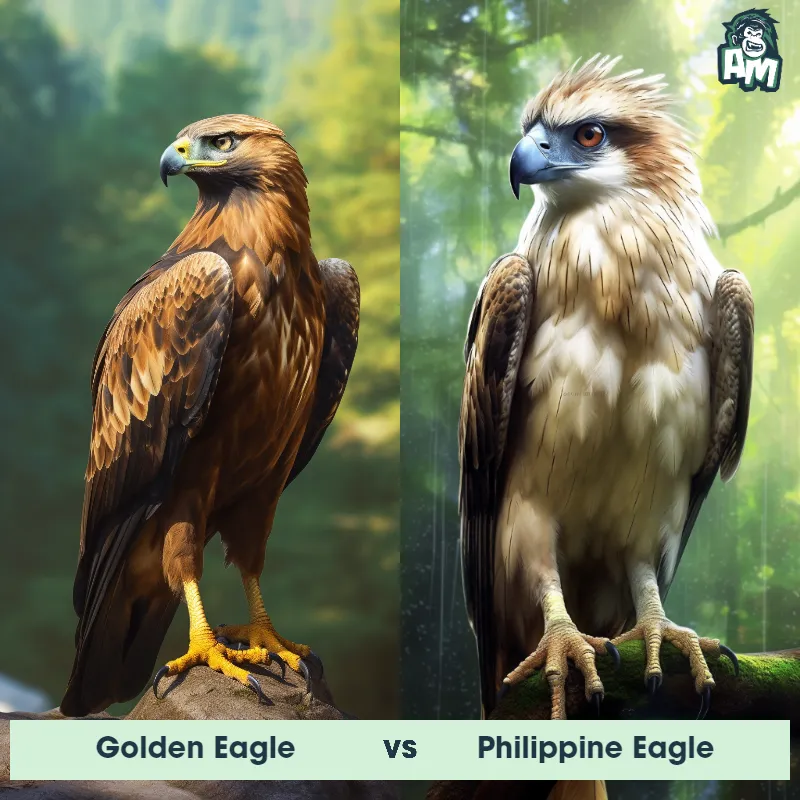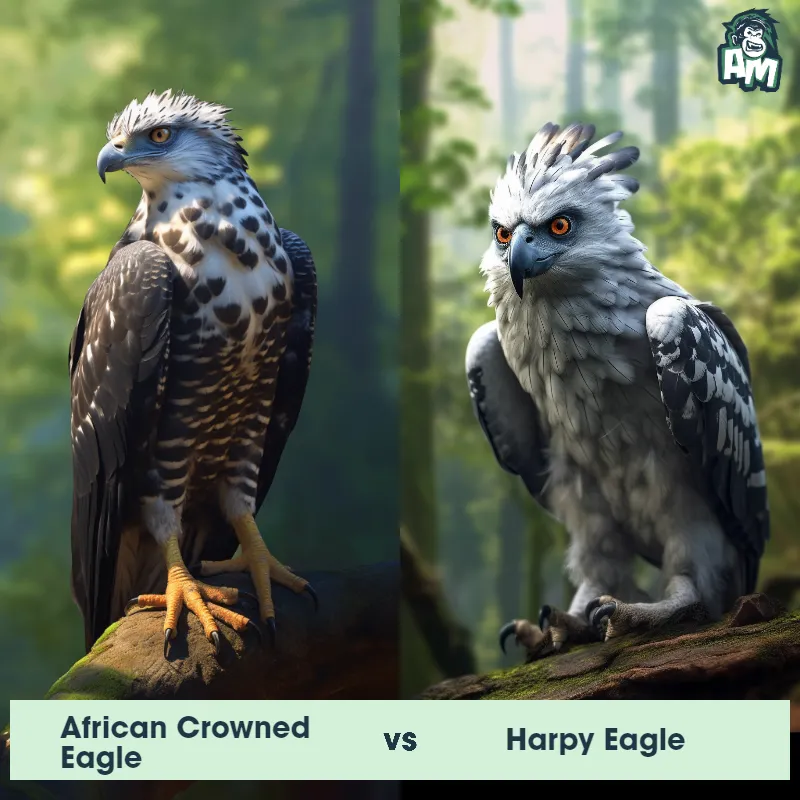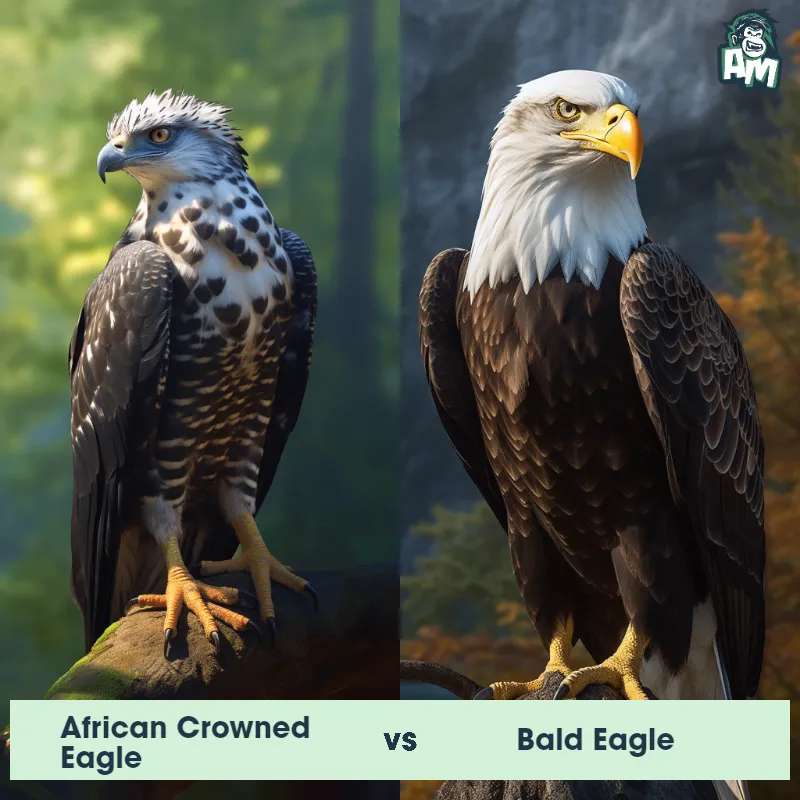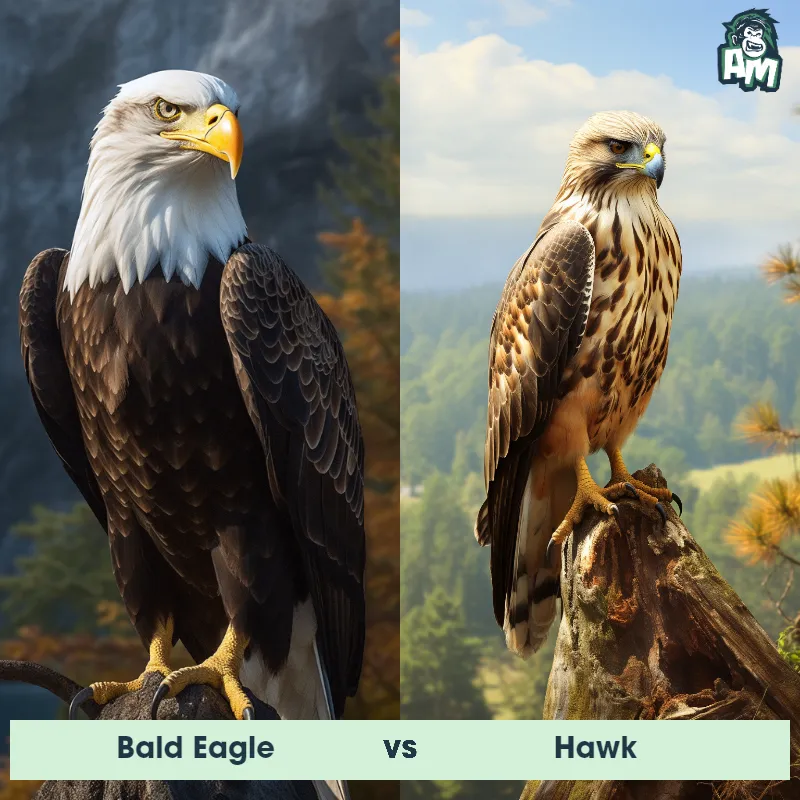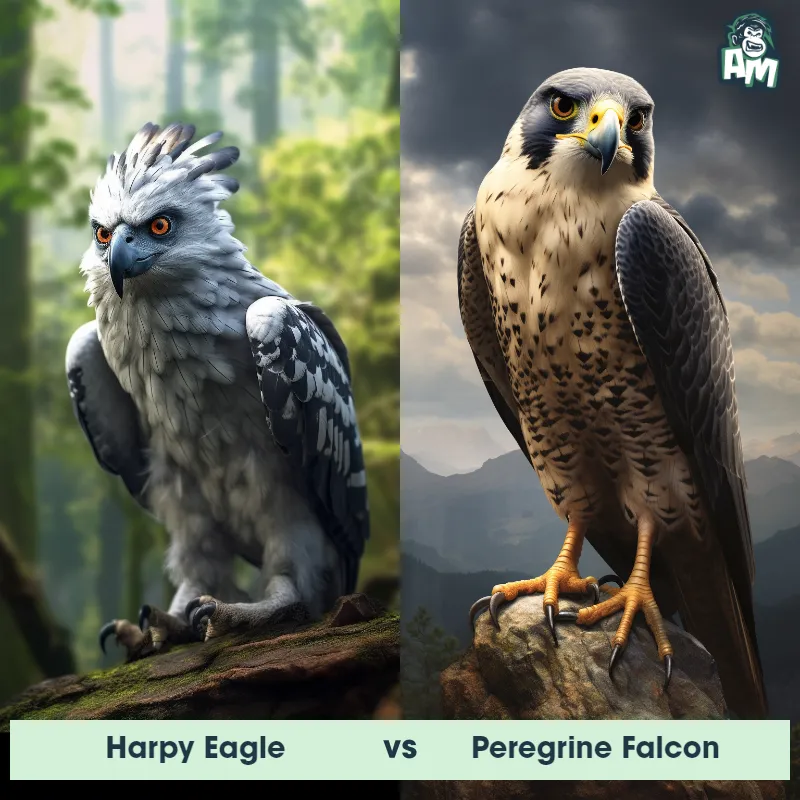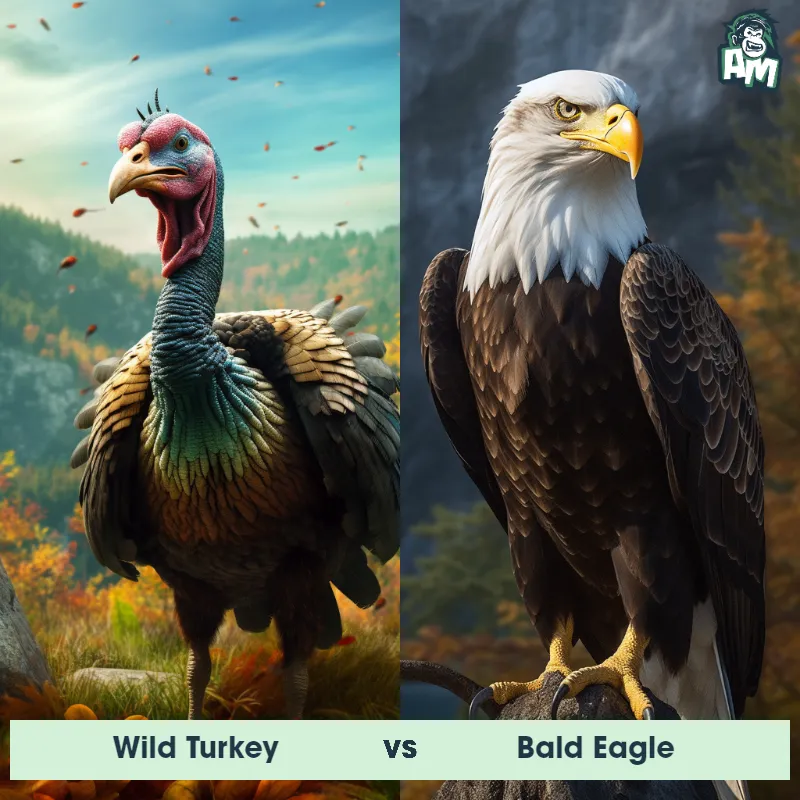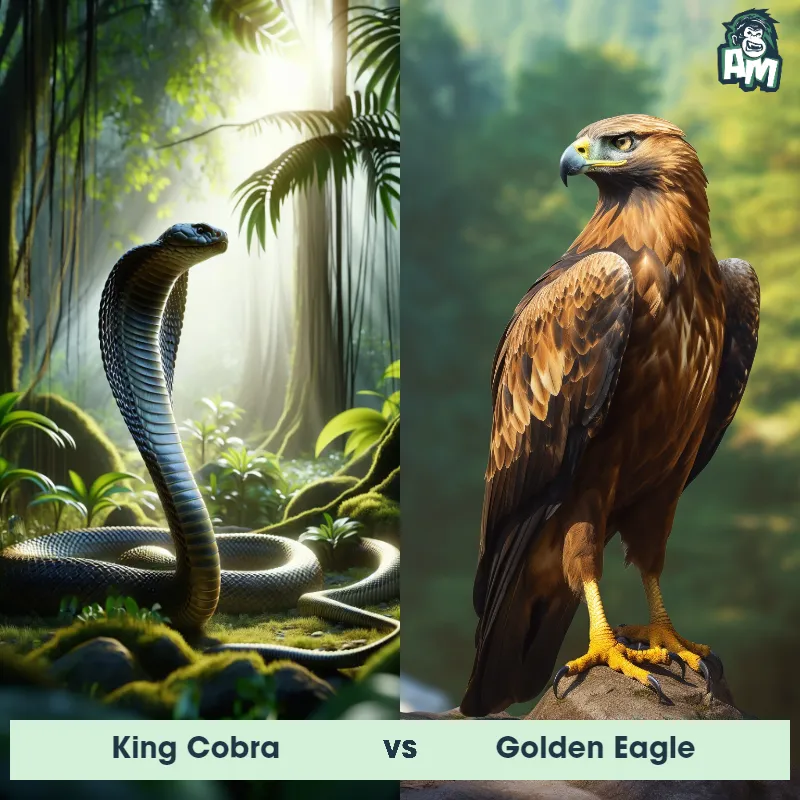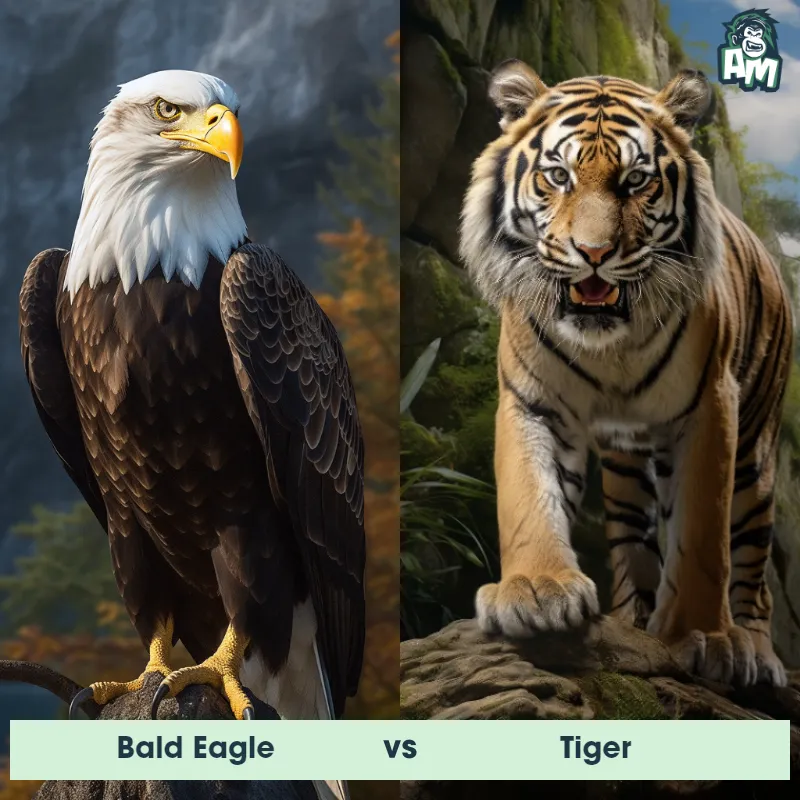Hawk vs BuzzardSee Who Wins

Ladies and Gentlemen, greetings from the vibrant and pulsating spectacle that is at hand. Buckle up for an aerial display of skills and tactics like you've never seen before. In one corner, we have the swift and sharp-taloned Hawk, a pack of power and precision. And in the other corner, we find the burly Buzzard, a symbol of endurance and adaptability. A match that promises to keep us gripped from start to finish.
Contender 1: Hawk
The hawk is a bird of prey known for its sharp vision, hooked beak, and powerful talons. Hawks are found all over the world except in polar regions. They come in a wide range of sizes, with some species being as small as a pigeon, while others can grow to a wingspan of up to 55 inches. Their diet primarily consists of small mammals, birds, and reptiles. Hawks are generally solitary creatures, often seen soaring high in the sky in search of their next meal.
Fun Fact: Hawks have some of the sharpest eyesight in the animal kingdom, with some species able to spot a mouse from a height of a mile.
Contender 2: Buzzard
The Buzzard, often referred to as the Common Buzzard, is a medium-to-large bird of prey known for its broad wings and rounded tail. It has a varied plumage that ranges from dark brown to light cream, often featuring streaks or mottling. The buzzard's hooked beak and sharp talons are designed for hunting small mammals, birds, and carrion, while its keen eyesight allows it to spot prey from high above. Buzzards are typically found in Europe and parts of Asia, inhabiting a wide range of habitats, including woodlands, marshes, and fields.
Fun Fact: Unlike many birds of prey, Buzzards are known to form monogamous pairs that often mate for life, returning to the same nesting site year after year.
Matchup Stats
| Hawk | Buzzard | |
|---|---|---|
| Size | Up to 22 inches (56 cm) in length, wingspan up to 55 inches (140 cm) | 16-22 inches (40-55 cm) |
| Weight | Up to 4.5 lbs (2 kg) | 1.3-2.9 lbs (0.6-1.3 kg) |
| Speed | 150mph (241km/h) | 150mph (241km/h) |
| Key Strength | Sharp vision, hooked beak, and powerful talons | Sharp talons and hooked beak |
| Biggest Weakness | Limited ground mobility | Relatively slow flight speed |
Current Votes
Hawk vs Buzzard
See Who Wins
Matchup Videos
All of our videos contain verified footage of natural encounters between the Hawk and the Buzzard. These are true sightings and observations filmed by tourists, scientists, and wildlife documentarians.View More Matches
Looking For More?
Similar Matches
Scientific Stats
| Hawk | Buzzard | |
|---|---|---|
| Scientific Name | Accipitridae | Buteo buteo |
| Family | Accipitriformes | Accipitridae |
| Habitat | Forests, deserts, grasslands, fields, mountains, and coastal regions | Woodlands, marshes, and fields |
| Geography | Worldwide except in polar regions | Europe and parts of Asia |
| Diet | Small mammals, birds, and reptiles | Small mammals, birds, carrion, earthworms, and large insects |
| Lifespan | 10 years - 30 years | 10 years - 25 years |
Key Differences between Hawk and Buzzard
- Plumage coloration: Hawks often display a variety of color patterns, including shades of brown, gray, and white, with some species having distinct markings on their feathers. In contrast, Buzzards typically have a more uniform plumage coloration, often being mostly brown or gray.
- Flight pattern: Hawks are known for their agile and swift flight, often soaring and diving with quick, powerful wingbeats. Buzzards, on the other hand, have a more leisurely flight pattern, with slower and more relaxed wingbeats.
- Size: Hawks are generally smaller in size, with an average wingspan ranging from 2 to 4 feet, while Buzzards are larger, with an average wingspan ranging from 4 to 5 feet.
- Tail shape: Hawks typically have a more rounded tail shape, with a slight curve or fan-like appearance. Buzzards, on the other hand, have a more squared-off or slightly rounded tail shape.
- Head shape: Hawks often have a more streamlined and pointed head shape, with a pronounced beak that is curved downward. Buzzards have a broader and more rounded head shape, with a shorter and less curved beak.
- Wing shape: Hawks typically have longer and narrower wings, designed for quick and agile flight. Buzzards have broader and more rounded wings, which are better suited for soaring and gliding over longer distances.











